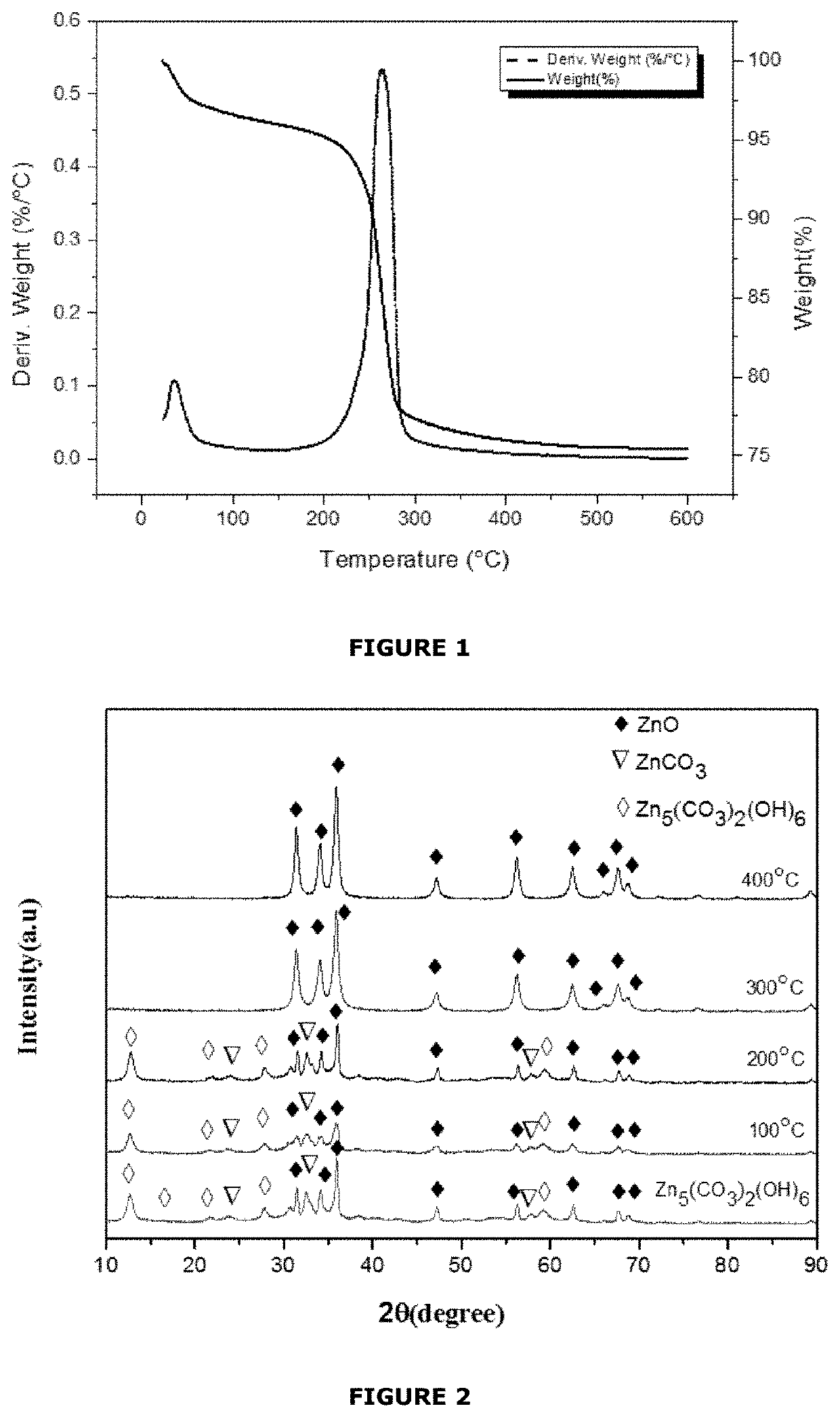Methods of making polymers and metal-polymer composites
- Summary
- Abstract
- Description
- Claims
- Application Information
AI Technical Summary
Benefits of technology
Problems solved by technology
Method used
Image
Examples
examples
[0289]Unless stated otherwise, the materials and methods section 1 below applies to all of the Examples.
1. Materials and Methods
1.1 Reagents and Equipment
[0290]Unless otherwise stated all of the monomers, polymers and other reagents used in this study were purchased from Sigma-Aldrich and were used as received.
[0291]Galvanised steel and Zincalume were purchased from New Zealand Steel. The galvanised steel comprised a zinc coating of approximately 20-25 μm and the Zincalume comprised an approximately 35-40 μm thick coating of 55% Zn and 45% Al.
[0292]Methyl methacrylate (MMA, 99%, Sigma-Aldrich), butyl methacrylate (BMA, 99%, Sigma-Aldrich), methyl acrylate (MA, 99%, Sigma-Aldrich), and butyl acrylate (BA, 99%, Sigma-Aldrich) were purified and stored in nitrogen atmosphere in cold before use. UV lamps (6 W (UV 1) and 15 W (UV 2)) were obtained from UVTech Systems, Inc. A 15 W UV lamp (365 nm) and a 6 W UV lamp (365 nm) were obtained from UVTech Systems, Inc.
1.2 Purification of Monomer...
example 3
4. Effect of Polymerisation Conditions on Polymerisation Kinetics and Polymer Properties
[0450]This example investigated the impact of polymerisation conditions on polymerisation kinetics and polymer properties. Emphasis is placed on the analysis of the effect of photoinitiators, the irradiation parameters, the polymerisation temperatures, and the monomer feed ratio on polymerisation kinetics and the resulting polymer properties.
[0451]To evaluate the capability of different galvanised steels in polymerising vinyl monomers, methyl methacrylate (MMA) polymerisation was carried out under identical experimental conditions using two different types of thermally treated galvanised steel (hot dip galvanised steel and Zincalume) as photoinitiators. Then methyl methacrylate (MMA) was polymerised using a TTGS (600) photoinitiator under different UV intensities, irradiation times, and temperatures. The properties of the obtained polymers were also characterised. To give further insight into pol...
PUM
| Property | Measurement | Unit |
|---|---|---|
| Temperature | aaaaa | aaaaa |
| Temperature | aaaaa | aaaaa |
| Temperature | aaaaa | aaaaa |
Abstract
Description
Claims
Application Information
 Login to View More
Login to View More - R&D
- Intellectual Property
- Life Sciences
- Materials
- Tech Scout
- Unparalleled Data Quality
- Higher Quality Content
- 60% Fewer Hallucinations
Browse by: Latest US Patents, China's latest patents, Technical Efficacy Thesaurus, Application Domain, Technology Topic, Popular Technical Reports.
© 2025 PatSnap. All rights reserved.Legal|Privacy policy|Modern Slavery Act Transparency Statement|Sitemap|About US| Contact US: help@patsnap.com



